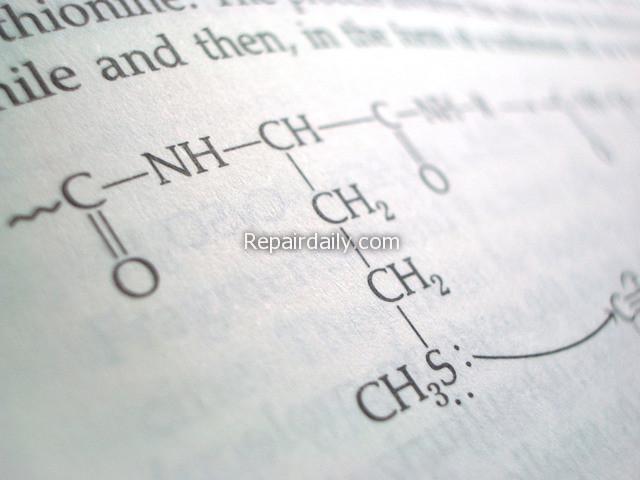

chemistry-pages
There are a wide range of polymer types. Hydrophobic polymers are one key specialty form. They are the opposite of hydrophilic polymers.
Hydrophobic polymers are nonpolar molecules capable of repelling water molecules. Hydrophilic polymers have molecules that form an ionic or hydrogen bond with water molecules. Both components are critical to various aspects of life.
In fact, by understanding not just hydrophobic polymers but also hydrophilic polymers, it is possible to improve various industries and applications in numerous ways.
Table of Contents:1 Understanding How Surfaces Attract or Repel Water2 Key Aspects of Polymers3 Why Does This Happen?4 Why Does Understanding This Information Matter?
Understanding How Surfaces Attract or Repel Water
Water is an excellent way to understand the differences in these polymers. In some situations, water spreads evenly over a surface, but other times, it beads up into small droplets. These differences give us insight into the properties of those polymers. By understanding them, it is possible to take that knowledge and apply it to other applications.
Hydrophilic materials are those where water naturally spreads across the surface, increasing contact. Hydrophobic materials, on the other hand, repel water. This causes droplets to form on the surface.
Consider just this point for a moment. Both of these materials can play a significant role in the performance of various materials in various applications. The wings on an airplane, for example, and in desalination plants – the way water interacts with the surface can either hinder or support the desired result. Another simple example is the average ketchup bottle. Using the wrong material could allow for the ketchup to simply glide right out of the bottle.
Key Aspects of Polymers
Both hydrophobic and hydrophilic materials are often defined by the contact angle. That is the is the angle between the droplet’s edge and the surface edge under it. This is the geometry of the water when placed on a flat surface.
In hydrophilic or water-loving materials as the name means in Greek, are those in which the contact angle is less than 90 degrees. This is measured if the droplet spreads, wetting a large portion of the surface.
Other times, it is hydrophobic, which means water-fearing in Greek. In these situations, the droplet forms a sphere or bead. It is barely touching the surface of the material. It’s much like what happens when you drop water onto a hot pan. In this case, the contact angle is over 90 degrees.
These are very simple descriptions and applications, but there is much more research being done with these components. What’s most important for us to learn today is what happens in more extreme cases. These are called superhydrophilic and superhydrophobic materials. These terms, which by far are newer subsets of polymer understanding, have less defined parameters.
Superhydrophobic describes situations where very tight, small droplets form and create a contact angle that is over 160 degrees. In Superhydrophilic materials, the droplets spread out so much so that they create a contact angle that is incredibly small, under 20 degrees.
Why Does This Happen?
The short answer is that surface chemistry is the reason some surfaces behave as hydrophobic and others are hydrophilic. This is all determined by the type of material used. In some ways, the shape of the material also plays a role in the outcome. For example, the nanopatterns on the surface of hydrophobic materials can help to increase the contact area of each of the droplets that occurs. This, in turn, helps to increase the effect. Other nanopatterns on surfaces can make a surface superhydrophilic as well.
There’s much more that goes into this process. For example, not all surfaces are flat. Angles to them will create differences in the reaction of water as well. It can get very complex in terms of determining the right angles to achieve various outcomes.
Why Does Understanding This Information Matter?
All of this information can be applied to various applications. Hydrophobic polymers can be used to create specific, desirable outcomes. For example, with hydrophobic polymers, including polylactic acid or PLA, the use of an electric discharge during the molding process allows for it to attract dust or dirt. This causes a malfunction in office machines. To fix this, antistatic agents are added to prevent any electric static from developing on the surface of the polymer. By using the right polymer blends, it is possible to create a surface that’s capable of these goals.
Consider the applications of hydrophilic and hydrophobic polymers in the engineering world. In desalination plants or power plants, the use of superhydrophobic materials on the surface of condenser is critical. This allows the droplets of water to slide off on a constant basis. They can be replaced with new droplets as well.
Another application does the opposite. In some situations, it is necessary to keep water flowing over a surface. This can, for example, help to keep that surface from overheating. In this case, the use of superhydrophilic materials makes sense. It allows for the most contact and lowest angle between the surface and the water itself.
Hydrophilic and hydrophobic materials are present throughout nature. They are used in various applications within the synthetic world as well. Because we have this increased insight into how they work, we can improve efficiency, reduce problems, and improve outcomes across applications. This can also play a role in the development of new technologies, especially when we consider the nanopatterns used on surfaces to create very specific outcomes.
If you’re looking for applications for hydrophobic polymers, Polymer Chemistry can help. With a wide range of applications, we can help you find the ideal solution for your needs.

